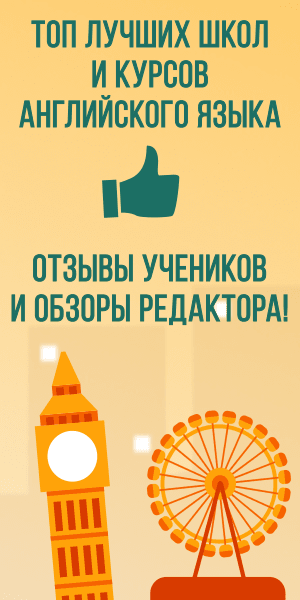When I started to think about what to write for this paper I wanted to learn more about androcentrism. Well, I guess I know what it means, but I wanted to see what it means to other people. In Random House Webster’s Unabridged Dictionary 2nd Edition the definition for androcentric is centered on emphasizing, or dominated by males or masculine interests. Then I went online and mostly the same definition. The only definition that I found that said anything about women was at http://dictionary.reference.com. It read: centered or focused on men, often to the neglect or exclusion of women. I started to wonder what religious dictionary’s thought of androcentrism. So I looked up some religious dictionaries. After about 10 of them, I gave up because I came empty-handed. It’s like they didn’t believe it existed. But, to my surprise Id, it finds a definition to androgyny in a few of them. And let’s not forget my personal definition: Men are better than women. Although I do not think this is true, that is just how I see androcentrism.
Now I am going to talk about the levels of androcentrism that make the study of religions difficult. I am going to refer a lot to the book Feminism and Religion by Rita M. Gross. The first level of androcentrism is history. «As in the study of contemporary religions, many conventional historians are most interested in those who wielded power, which means that not only women but other disempowered groups have been left out of many historical records.» Basically, this is saying that historians choose to keep men’s story because they held power in history. I know that it may have seemed that men held the power, but they didn’t get there by ththemselvesBehind every good man stands a greater woman. For some unknown reason, women were undercooked. I think that this is very sad. Gross’s book also stated that «Women function as mythic and symbolic models for the men’s sacred ceremonies; they also have an extensive religious life of their own, from which men are rigidly excluded.» This led me to think that men were almost jealous of women. This wouldn’t surprise me.
The second level is that when women’s stories are kept, they are not often told. I think that this all depends on who is telling you about religion. If you are listening to a feminist, she would most likely tell you about women in past religions. She obviously had to dig harder to find these stories. Now if a man was telling you about pass religions he would talk about the all and powerful man like women didn’t even exist.
The third level of androcentrism is «when contemporary academic scholars study the history of a religious tradition, they usually focus on what the tradition itself emphasized — the records of its male heroes.» I think that historians just concentrated on the more popular stories of religion. The more popular stories or the stories that were told the most were about men. I think that this is because men were the ones tell the story in the first place, and they weren’t about to talk about women. Men did all the heroic things, unlike women who couldn’t do heroic things or were not allowed to do them. Even if and when they did I’m sure it was never talked about. Men wouldn’t want women showing them up now would they?
The last and final level of androcentrism is that many religions today are still very androcentric and patriarchal in social and institutional form. I think that androcentrism has gone on for so long that people don’t want to or know how to change it. Especially in religion.
The only way to change things is to keep working on it. Keep researching about women in history and keep spreading the word about women’s work. After listening in this class I often wonder if I would have paid more attention in church if more of the stories would have been about women. It’s something that I am really starting to think about.








